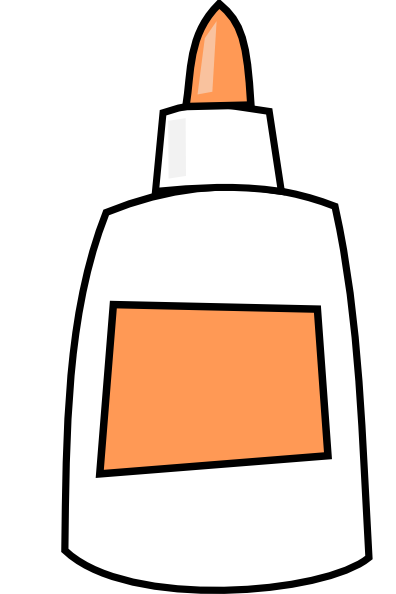This week’s focus skill when planning was to make engineering and technology connections within our lesson. What does engineering and technology look like for second graders? Well, useful skills like using scissors and glue properly and safely are a part of the Massachusetts frameworks for this area. It worked out well making this connection because these skills fit in smoothly with the activities we had planned.
 This week’s lesson was based on the butterfly life cycle. Students created butterfly life cycle folders that included a cover, a cut and paste activity and a writing/gluing activity. The cut and paste activity required the students to cut out six images that represented the growth from egg to adult butterfly. The images were pasted in the correct order onto their folders. Next, the students pasted labels that corresponded to the appropriate images.
This week’s lesson was based on the butterfly life cycle. Students created butterfly life cycle folders that included a cover, a cut and paste activity and a writing/gluing activity. The cut and paste activity required the students to cut out six images that represented the growth from egg to adult butterfly. The images were pasted in the correct order onto their folders. Next, the students pasted labels that corresponded to the appropriate images. Another activity that the students completed also involved ordering the four stages of the life cycle. Yet instead of using paper images, the students glued various pasta pieces onto the correct places on their worksheets. Egg pastina pasta was used to represent the butterfly eggs, spiral rotini pasta represented the caterpillars, medium shells pasta represented the chrysalises and farfalle pasta represented the butterflies. The students loved gluing their pasta onto their life cycle folders. Overall, this was a fun activity that helped the students understand the four stages of the butterfly life cycle.
Regarding their use of the scissors, glue sticks and liquid glue, the students did a great job using these tools appropriately and efficiently. The students also used these tools safely. They didn’t play around with their scissors or glue, but properly used these tools to help them with the activities. Overall, my wonderful co-teacher and I had a good experience teaching more about these beautiful insects with our second-grade scientists!




